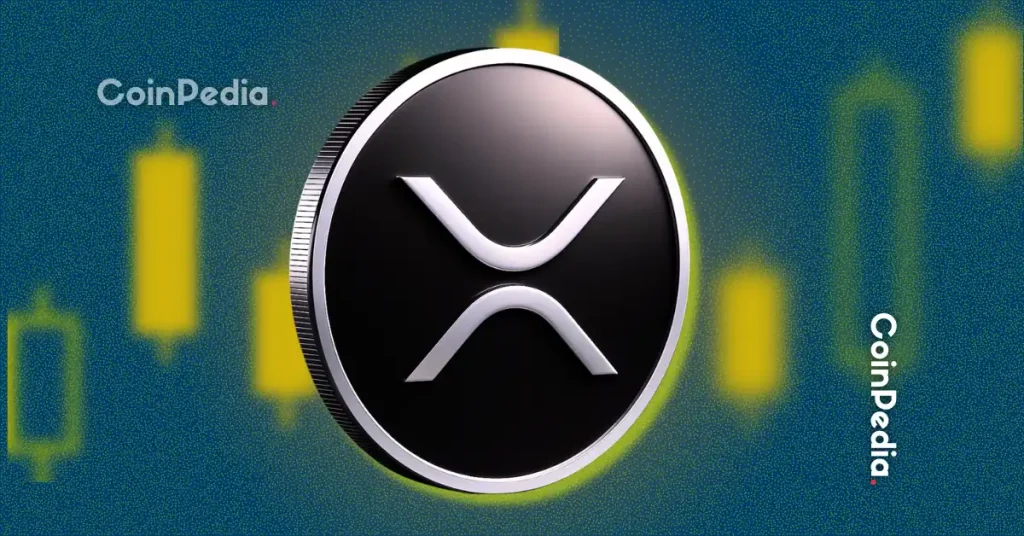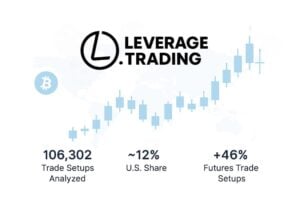In the dynamic and often volatile world of cryptocurrency, moments of market dislocation can sometimes present rare opportunities for the astute investor. As of October 2025, a significant divergence has been observed in the Net Asset Value (NAV) of several publicly traded entities and investment vehicles that hold Bitcoin (BTC ($106,995.00)) as their primary treasury asset. This recent “NAV collapse” has created a compelling scenario, suggesting that these vehicles may be trading at a substantial discount to their underlying Bitcoin holdings, drawing the attention of institutional and retail investors alike.
The Rise of Bitcoin Treasuries
Over the past few years, the concept of “Bitcoin Treasuries” has evolved from a niche idea to a recognized segment of the crypto investment landscape. These treasuries typically refer to publicly listed companies or structured investment products that actively hold a significant portion of their balance sheet or fund assets in Bitcoin. Their appeal lies in offering traditional market access to Bitcoin exposure, often through regulated exchanges, without the complexities of direct crypto custody. Notable examples include corporate treasuries that converted cash reserves to BTC and various closed-end funds or trusts designed to track Bitcoin’s price.
- Corporate Adoption: Public companies increasingly allocated portions of their reserves to Bitcoin, citing inflation hedging and digital asset diversification.
- Investment Vehicles: Structured products, like trusts and certain ETPs (Exchange Traded Products), offer indirect BTC exposure.
- NAV Calculation: The Net Asset Value is theoretically the total value of the underlying Bitcoin holdings minus liabilities, divided by the number of shares/units outstanding.
Unpacking the Recent NAV Collapse
Recent analysis, notably highlighted by reports from prominent research firms like 10x Research, indicates that the market prices of several Bitcoin treasury vehicles have fallen significantly below their calculated NAVs. This phenomenon, often referred to as trading at a “discount to NAV,” implies that investors can effectively buy Bitcoin through these vehicles at a lower price than if they purchased BTC directly on an exchange.
Several factors likely contributed to this divergence:
- Market Volatility: Broader market corrections or temporary bearish sentiment can lead to indiscriminate selling across all risk assets, including proxy Bitcoin investments.
- Liquidity Constraints: Some treasury vehicles may experience periods of low liquidity, exacerbating price discrepancies between their shares and the underlying asset.
- Redemption Mechanisms: Depending on the structure (e.g., closed-end funds vs. ETFs), the ability to create and redeem shares to maintain NAV parity can vary, leading to persistent discounts or premiums. Recent changes in redemption policies or investor demand could be playing a role.
- Regulatory Uncertainty: While evolving, regulatory landscapes can still cast a shadow, impacting investor confidence in certain structured products.
A Rare Buying Opportunity?
For investors with a long-term bullish outlook on Bitcoin, the current NAV collapse could indeed represent a rare buying opportunity. Acquiring shares in these discounted treasuries means gaining exposure to Bitcoin at a price point potentially below its prevailing spot market rate. This strategy aligns with value investing principles, where assets are purchased when trading below their intrinsic value.
Historically, significant discounts to NAV for well-managed, reputable Bitcoin treasury products have often corrected over time, either through market forces, increased investor demand, or structural changes to the vehicle itself (e.g., conversion to an ETF with robust redemption mechanisms). This presents a potential two-fold opportunity: benefiting from Bitcoin’s inherent price appreciation and the narrowing of the NAV discount.
Navigating the Risks
While attractive, this investment thesis is not without its risks. Investors must conduct thorough due diligence:
- Further Market Downturns: The broader crypto market could continue to decline, impacting both direct Bitcoin prices and the underlying assets of these treasuries.
- Persistent Discounts: There’s no guarantee that NAV discounts will narrow quickly, or at all. Structural issues or lack of market catalysts could keep them depressed.
- Specific Entity Risks: Each treasury vehicle carries its own operational, management, and counterparty risks. Understanding the specific structure and governance is crucial.
- Regulatory Shifts: Future regulatory changes could disproportionately affect certain types of Bitcoin investment vehicles.
Conclusion
The observed NAV collapse in Bitcoin treasury products in October 2025 presents a nuanced yet potentially lucrative scenario for those seeking discounted exposure to the world’s leading cryptocurrency. While the allure of buying Bitcoin “on sale” through these indirect channels is strong, success hinges on a deep understanding of the underlying causes, a careful assessment of individual vehicle structures, and a long-term investment horizon. As the crypto market matures, such dislocations may become less frequent, making the current situation a noteworthy point of interest for strategic investors.
The post Bitcoin Treasury NAV Collapse: A Rare Opportunity for Astute Investors in October 2025 appeared first on FXcrypto News.
























 24h Most Popular
24h Most Popular




 Utilities
Utilities